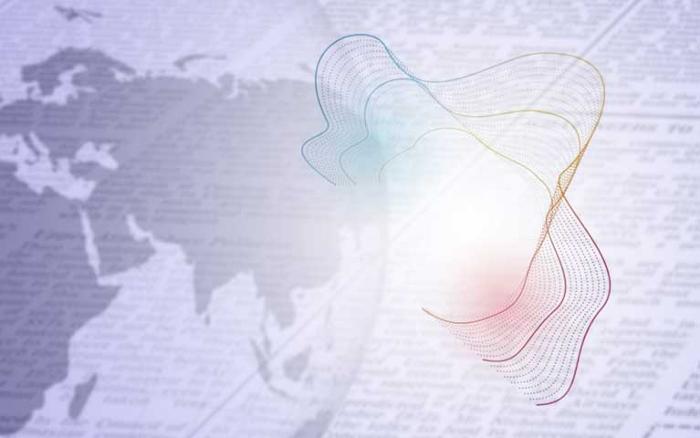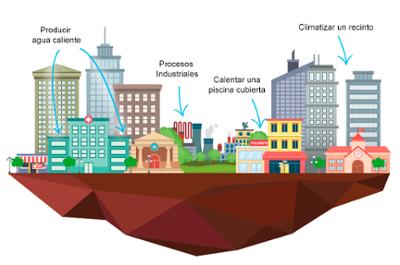

New UNE standard on the energy balance of heat pumps
The publication of the new UNE standard provides a common, documented and comprehensible calculation methodology for the energy contribution of heat pump equipment, considering its specific application in a given type of building and in a specific climate zone, thus eliminating the uncertainty and variety of standards that existed prior to its publication.
The Technical Committee for Standardisation CTN 100. HVAC of UNE (Spanish Association for Standardisation), whose secretary is AFEC (Association of Air-Conditioning Equipment Manufacturers), has drawn up this new standard within its Working Group WG 19. "Good Practices in Heat Pump equipment".
The WG 19, coordinated by AFEC, was set up in 2015, and since then more than 40 experts belonging to 30 entities from different fields, such as equipment manufacturers, laboratories and public authorities, have participated in the development of the standard, which has contributed to the final document being a consensus document within the HVAC sector.
This standard, within this joint and consensual perspective of all the agents and experts in the industry, provides a common, documented and comprehensible calculation methodology for the energy contribution of heat pump equipment, considering its specific application in a given type of building and in a specific climate zone, thus eliminating the uncertainty and variety of criteria that existed prior to its publication.
Calculation tool
Based on a series of input data relating to the design and operation of the equipment, the standard is developed around a calculation tool that provides the values of energy input and energy consumption, both final and primary, renewable and non-renewable, as well as the overall seasonal performance factors.
Its scope includes compression cycle heat pumps, both electrically and combustion engine driven, and absorption and adsorption cycle aerothermal heat pumps, with different types, such as air-air with/without heat recovery for DHW (domestic hot water), and air-water only for DHW production, also with and without heat recovery.
In addition, different operating modes are included, such as heating and DHW production, and the combination of both functions with multitasking equipment or with different heat pump equipment.



